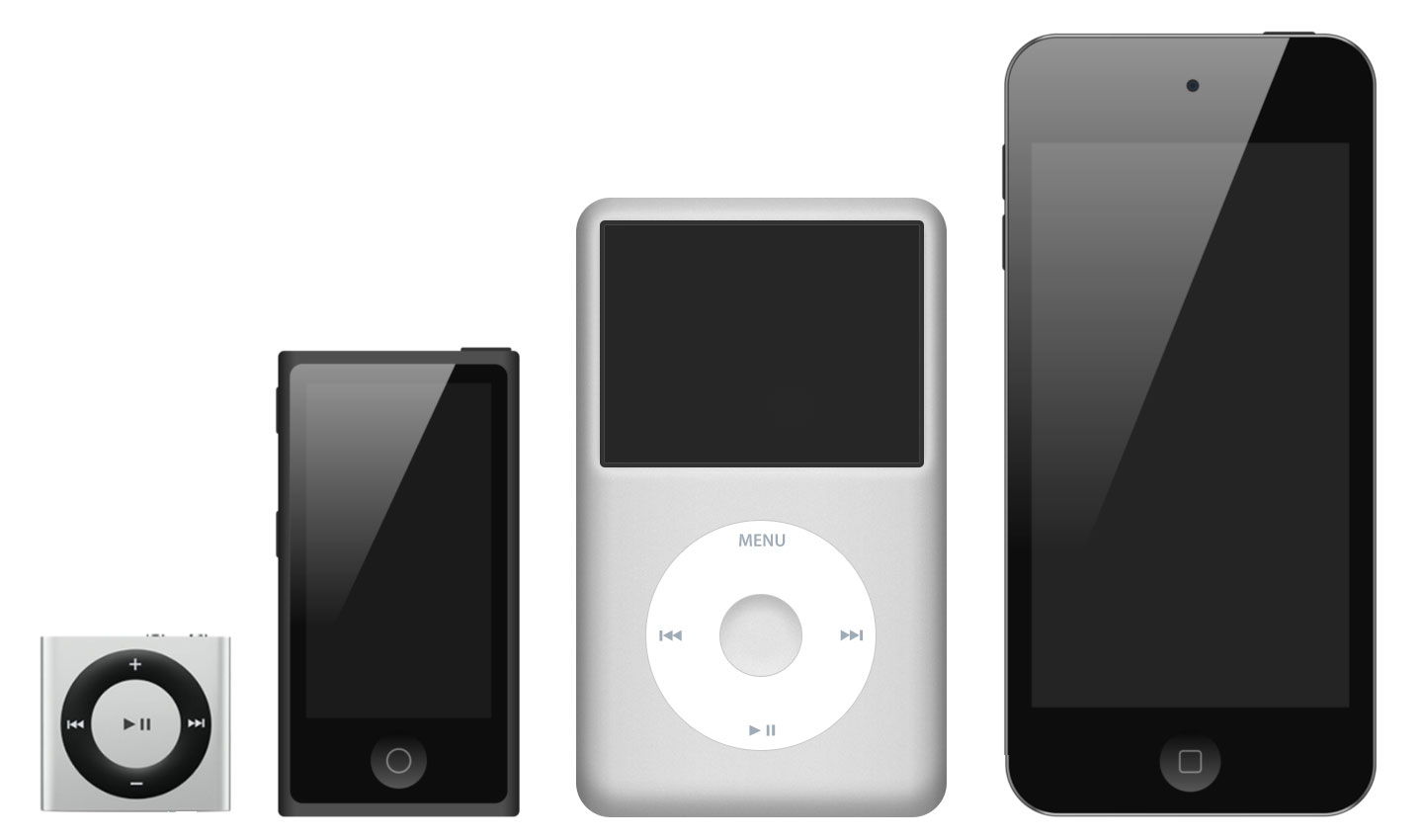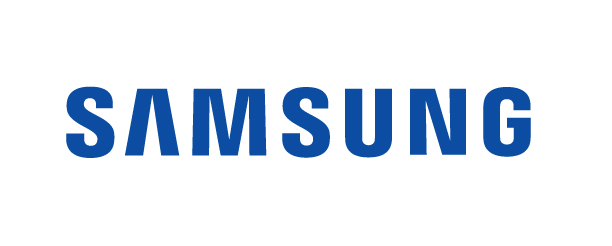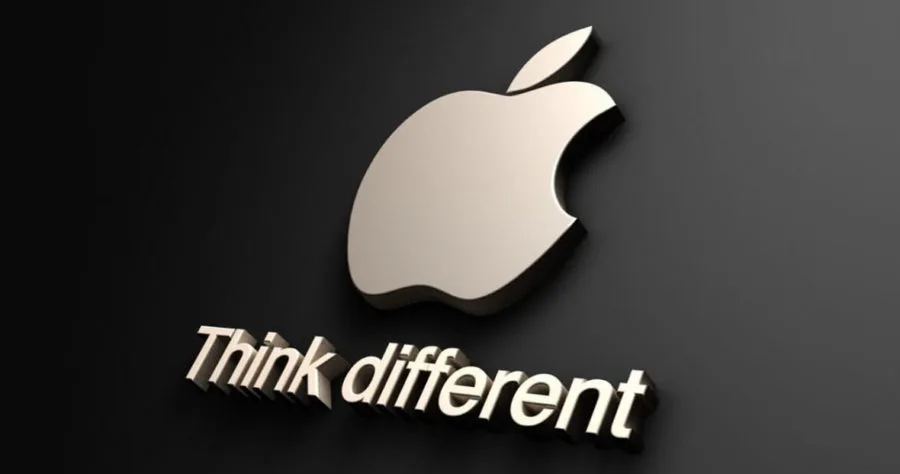Organizational Innovation is a process of receiving and using new ideas to satisfy the stakeholders of an organization. It is the conversion of new knowledge into new products and services. Organizational Innovation is about creating value and increasing efficiency, and therefore growing business. It is a spark that keeps organizations and people moving ever onward and upward. “Without innovation, new products, new services, and new ways of doing business would never emerge, and most organizations would be forever stuck doing the same old things the same old way. “Innovation here is defined broadly, to include both improvements in technology and better methods or ways of doing things. It can be manifested in product changes, process changes, new approaches to marketing, new forms of distribution, and new conceptions of scope.” (Porter, 1990, p. 45) The term organizational innovations covers a wide spectrum of innovations; for example, it can mean innovations inContinue reading
Innovation Management
Case Study of Dyson: Competitive Advantage through Innovation
Dyson, an electrical manufacturer, is solely owned by Sir James Dyson, and its headquarters are based in Malmsbury, Wiltshire. Dyson was the first company to introduce a bagless solution to conventional vacuum cleaners. After securing a significant market share in the vacuum cleaner industry, the company decided to diversify in to new products and countries. Dyson’s vision is to make products more environmentally friendly and easy to use; his ongoing mission is to promote design and innovation through the production of his products. Today Dyson has a presence in 45 countries and still maintain a 46 % and 32% share in the UK and US Vacuum cleaner market, respectively. Dyson has strong brand recognition, as the qualities projected by James Dyson become associated with the product itself. The product is instantly identifiable by the brand name, because of the innovative design portrayed. Even though Dyson is a leading vacuum cleanerContinue reading
Case Study: iPod, Apple’s Best Innovation
Apple had in effect recognized an opening inside the digital music market. They had acknowledged that there was a drop in sales of digital music players due to the goods presently on the market being inadequate. Apple will have believed that the then current crop of music players were insufficient thus prompting them into designing the phenomenon that is the iPod. Due to the success of the Sony Walkman, Apple decided they wanted to enter the music player market. Therefore the company expanded from the core product of computers and software manufacture into many areas including personal music/media players (iPod). The creator of Apples iTunes was Steve Jobs, an in-house software creator. Apple released the first iPod into the market place on 23rd of October 2001. It proved hugely successful due to the software created by Steve Jobs which allows users to download music directly from the internet to theContinue reading
Case Study: Samsung’s Innovation Strategy
The success of Samsung has been widely acknowledged in the last decade. Samsung, the world’s largest television producer and second largest mobile phone manufacturer, is also the largest firm of flash memory maker. Furthermore, Samsung was ranked by Fast Company Magazine to be third most innovative company in the consumer electronics. The company grew from a local industrial leader into a worldwide consumer electronics brand, with up to 261,000 employees, 14 public listed companies, 470 offices and facilities in 67 countries. Samsung was ranked as 11th world’s most innovative companies. It is one of the two Korean companies in the Top 20 companies. While Sony, the Japan’s biggest consumer electronics, was ranked as 10th, only one position above Samsung. This has brought questions among management gurus how this growing company could drive innovation to create success within a short time and remain innovative despite the difficulties of internationalization. In addition,Continue reading
Case Study of Apple: Strategic Enablers and Barriers to Innovation
Apple generates ideas, manage innovation and then effectively diffuse the innovation. They generate ideas or search for opportunities by carrying out effective research and development, Apple has an innovation factory which carries out all experiments using the talented pool of people they have. It follows competition and tries to stay one step ahead of them. Effective linkages and networking is very important as valid information can be gained from them, so relations should be maintained with suppliers, dealers and other partners. Apple believes in learning and working in teams. Apple’s innovation is driven by external uncertainty and competition. Apple is also very effective in finding new market opportunities and reorganizing areas which were inefficient. It fills the gaps existing in the markets for example the gap of a product which was needed to fill the gap between a computer and a phone, so Apple came up with Ipad. Authority isContinue reading
Case Study of Apple: Competitive Advantage Through Innovation
Apple Inc. is an American consumer electronic company which designs, develops manufactures and supports the well-known hardware products such as Macintosh computers, the iPod, the iPhone and the iPad. Most of Apple’s products seem to be a trigger of revolution in electronic market and this reason contribute Apple as a market leader. The main strategy to run its business is not only creating new innovation product but also incremental improvement. The strength of Apple is “think different”. With innovative ideas and aesthetic designs, Apple has changed how people listen to music and communicate. One of the success products of Apple is iPhone which is a revolutionary device. It combined the feature of music device (iPod) and mobile phone technology with the key feature on this product that is “multi-touch” and “multi-tasking” on the graphic user interface. The phone supports a camera, a multimedia player, a blue tooth, web browsing andContinue reading




